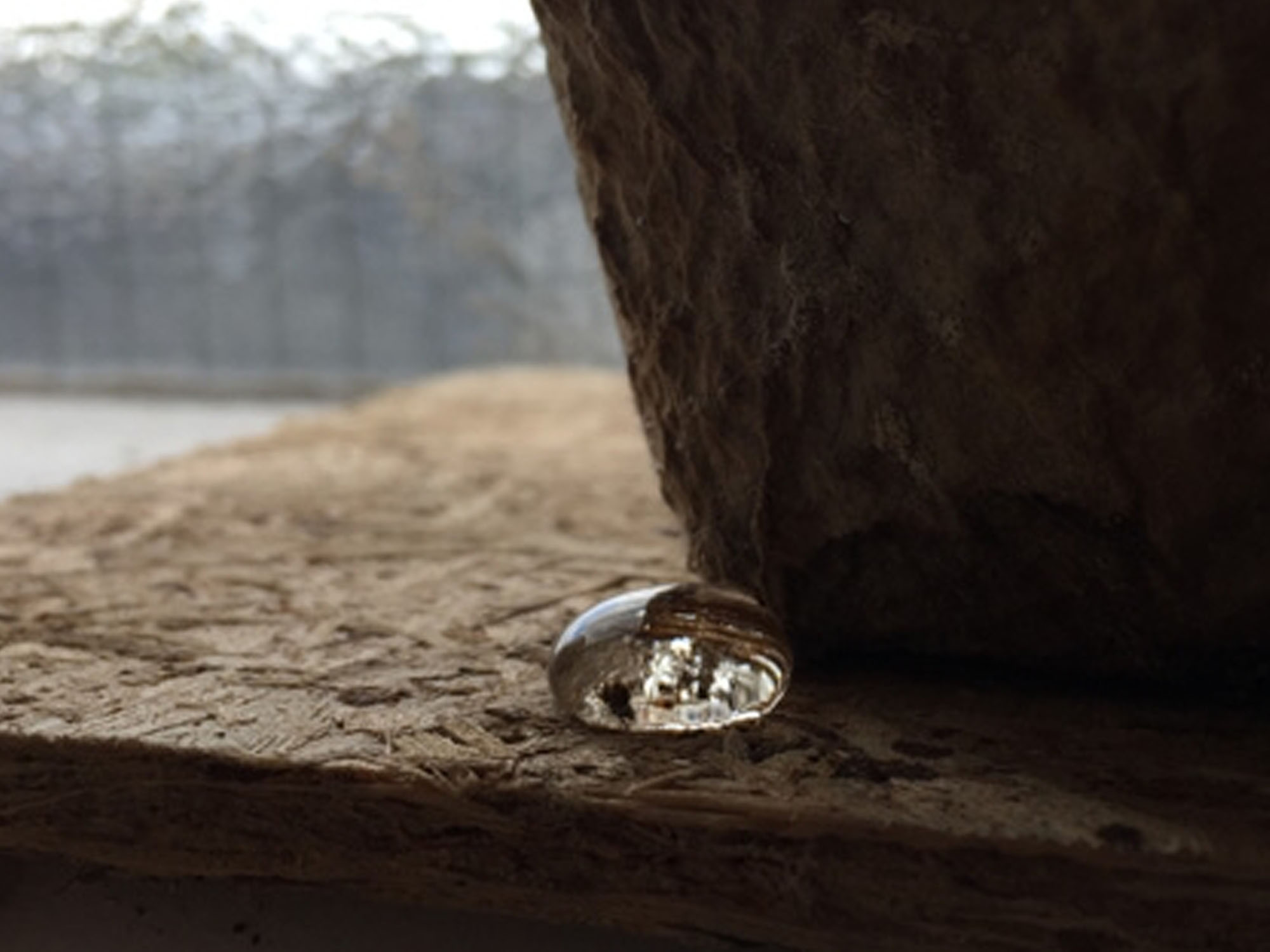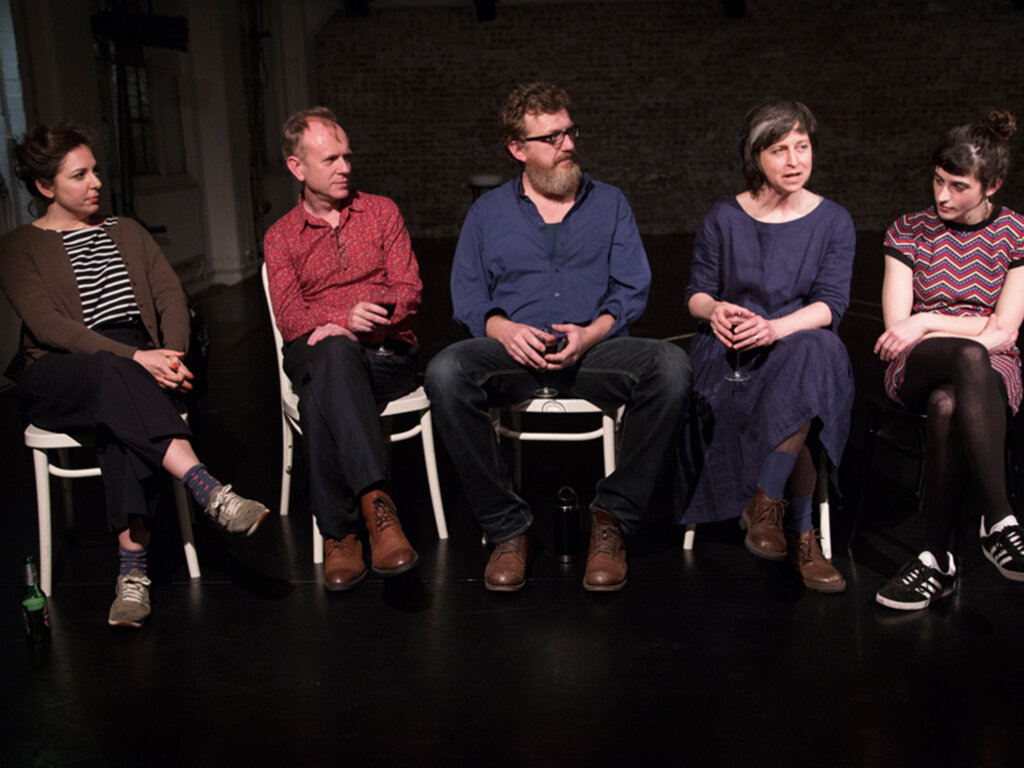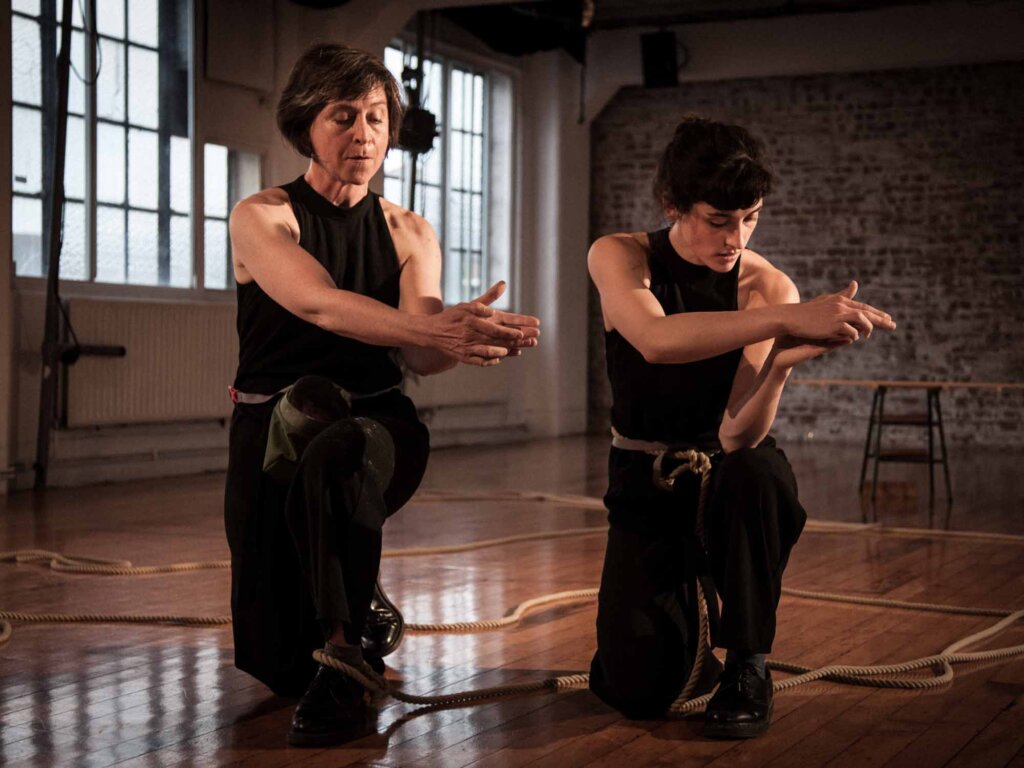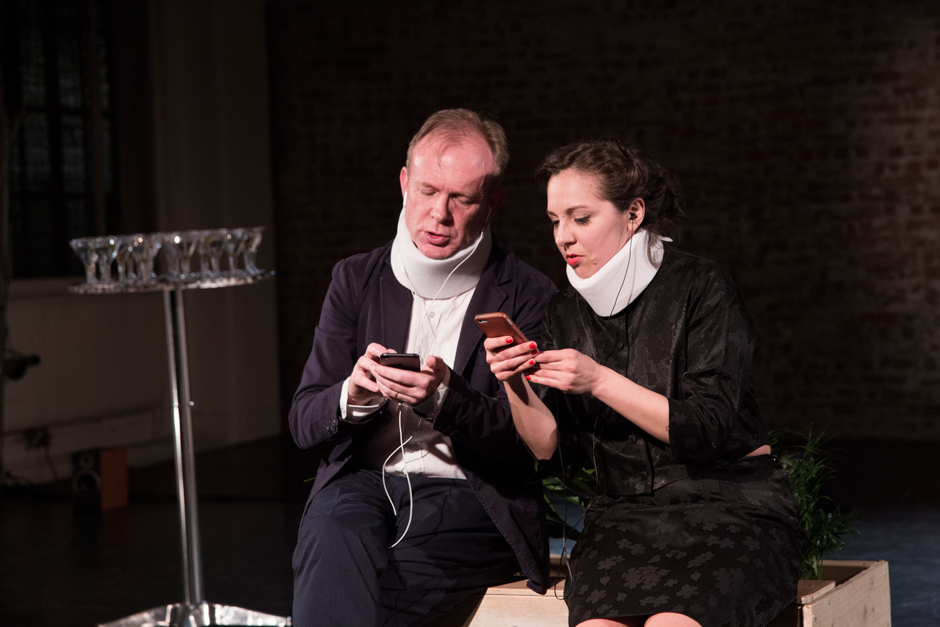The duet form as a topic brings us together without restriction to a particular way of thinking. It allows for disparate styles, poetics, aesthetics — as a central focus it does not dictate type in these categories.
a report on the TwoFold symposium
Mary Paterson wrote a response to the first day of the symposium, a thought-provoking list of questions and hearing it on the second day had the effect of moving from white noise to a spot on the radio dial assigned to a specific station. Reading it later I realised it developed (intentionally or not) an exchange from the end of the first day provoked by the above statement having been uttered aloud.
Someone took exception to the above statement claiming we were all pretty similar. I suggested that was not the case from my point of view, which was countered by another voice saying well, we probably all voted remain . . . (or something to that effect). Mary’s writing rescues us from the reductive and not-quite-rigorous morass of half thoughts that intermingled in that late moment when a group discussion was just taking shape. It was a moment when we might take stock of what had happened during the day if there were any among us with enough focus left to find a thread through it. It was more like turning up earth in service of future growth rather than fashioning fully formed conclusions on the day. A little time and germination will no doubt pull some thoughts together. Mary’s writing helps in that regard.
Mary’s questions sparked by her attention to the way things proceeded through that first day reads as a rigorous questioning of method, intention, or procedure and points to a climate of attention that coheres in a room of people examining their own practices one after another, in pairs, all day long. It also makes a kind of coded message which reads one way to the people who had been present for the day and another to those readers who weren’t there. And within those two categories of reader (the one from inside the symposium day and the one from outside), the open weave of it allows meaning to be constructed in collaboration with the various positions and preoccupations of readers from both audiences. It both guides and conforms, clarifies and confounds. These are questions we all benefit from answering no matter where we are and no matter what we are doing.
from Questions about Two Fold
by Mary Paterson
Who’s missing?
How do you know?
What shape do they make with their absence?
Will you start again when they get here?
Will you feel complete?
Will you feel better?
What’s your position?
Who is your opposite?
Who is your complement?
What does your reflection say back to you from the mirror?
Be honest: how long do you like to spend talking to yourself in the mirror?
And how long would you like to do it if no-one was watching? And how long would you like to do it if you could guarantee that people were watching, avidly, in silence, and theorising it later on in company as the performance of an alter ego?
What kind of moral licence could you achieve from dividing up your psyche into the other versus the self, the organised versus the active, the repressed versus the carnivalesque, the curator versus the artist?
What authority do you have when you give yourself a job title?
Is ‘collaborator’ a job title? Is ‘partner’? Is ‘scientist’? Is ‘dyad’?
Is it a compliment?
What’s your word for it?
Relatively speaking: what’s your position?
What’s your super-position?
How do you know you’re not missing any information?
How do you know you’re not drowning in misunderstanding?
What kinds of freedoms could you achieve when you know that entanglement is not to do with ignorance, but to do with randomness?
How do you know?
(read the entire piece here)
Mary Paterson’s response was written for and delivered on the second day of TwoFold: the particularities of working in pairs, a symposium hosted by Birkbeck Centre for Contemporary Theatre and Camden People’s Theatre as part of TwoFold, Haranczak/Navarre’s festival of duet performance (March 2017). The symposium was followed by two weekends of duet performances at Chisenhale Dance Space (London).




